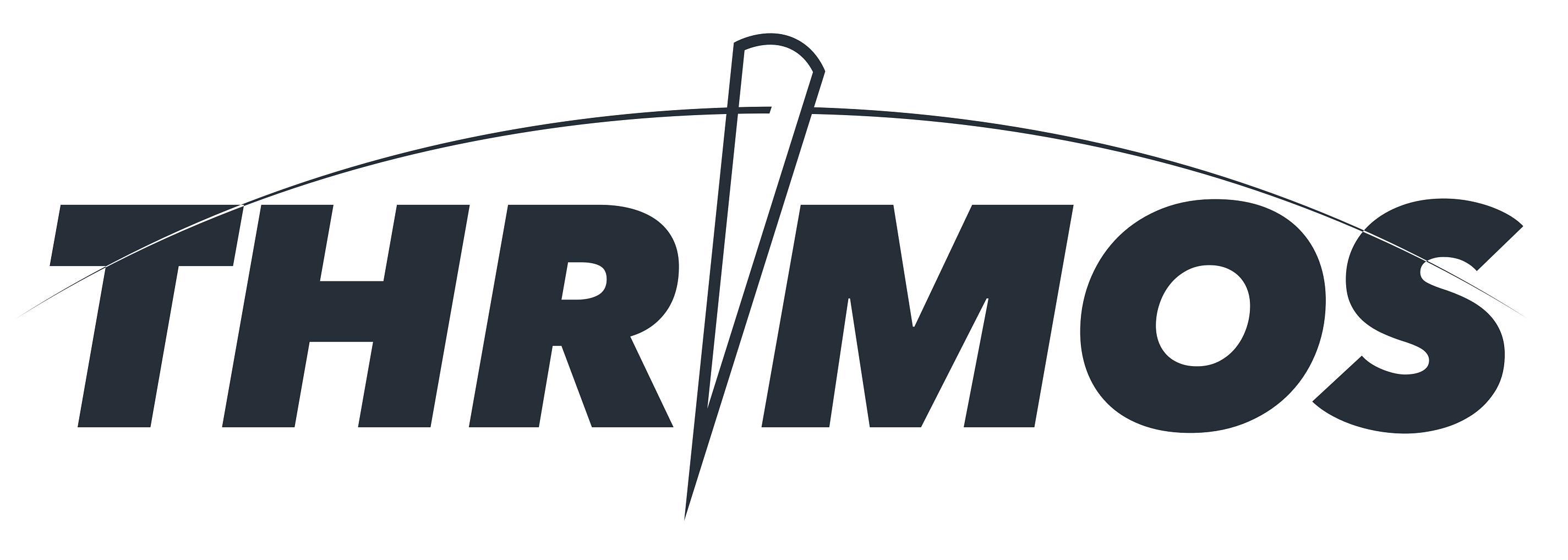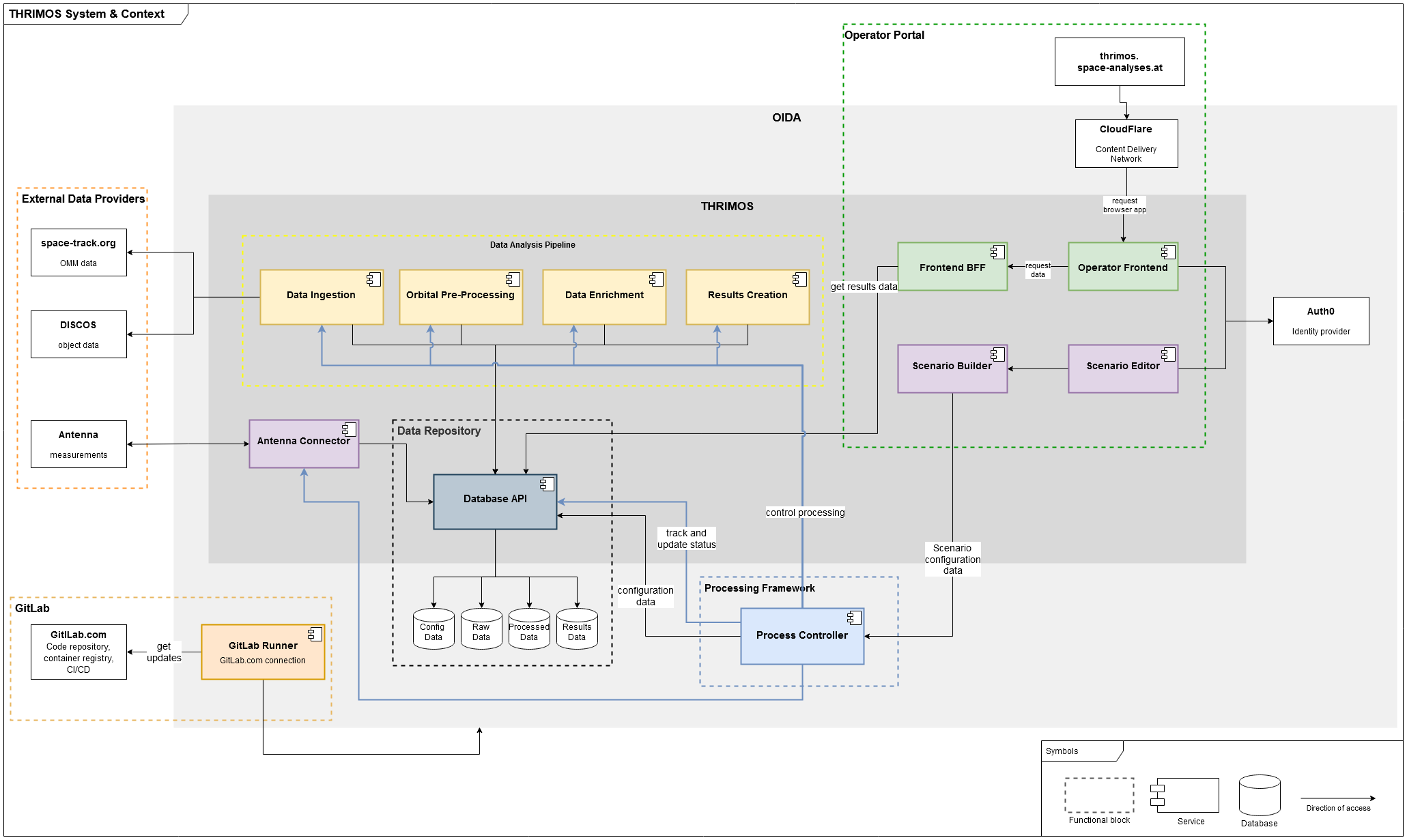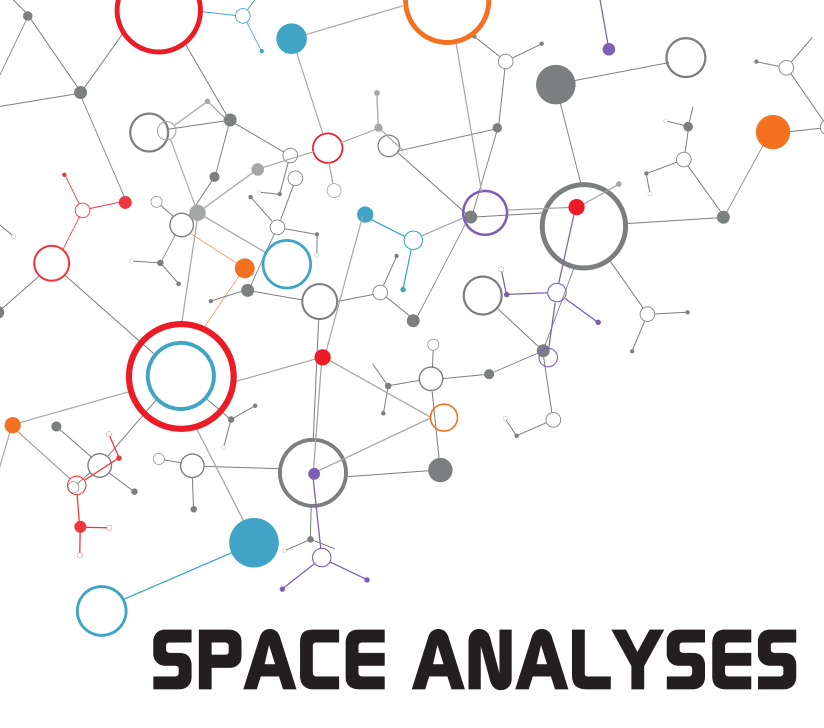
-
StatusOngoing
-
Status date2024-02-20
-
Activity Code6A.089
THRIMOS addresses the current need for automated, optimized and systematic RF measurement tasking driven by factors associated with increased space object catalogue, especially for NGSO, for optimized RF ground infrastructure and RF-link usage.
In addition, the THRIMOS web-based interface provides a user-friendly multi-user experience for any distributed team involved in the RF management tasking enterprise.
THRIMOS, in its first stage, is deployed as a prototype for (commercial and governmental) Satcom customers. The goal is to demonstrate
-
Measurement tasking using RF scenarios for custody observations of all operational satellites in the unclassified NORAD catalogue in LEO and MEO,
-
Repeated observations of a set of high priority GEO objects,
-
Sky survey RF-observations covering the GEO belt region accessible from the selected ground station, and
-
Prediction of RF-conjunctions.

-
Show that a systematic RF measurement has advantages over the existing round-robin RF measurements established in the satellite carrier monitoring today.
-
Implement RF conjunction prediction.
-
Conduct an empiric field test, where the calculations of the orbital traces trigger RF measurements to prove RF conjunctions with spectrum plots. Such proof can show whether or not there is a problem with interference in the context of New Space / large constellations.
The market is dominated by large players. The aforementioned RF monitoring solutions are designed as monolithic SW applications.
THRIMOS addresses the current need for automated and optimised RF measurement tasking driven by factors associated with an increased space object catalogue for optimized RF ground infrastructure usage. This is until now not covered by the big players mentioned before.
This comes together with the topic of the traditional form of monitoring the RF links in a round-robin cycle. THRIMOS uses another approach to monitor specific scenarios where RF links are possibly interfered by objects flying through antenna beams. This implies that the schedule of monitoring RF links is not done by the operator or from the SCM on best efforts but is driven from situations in outer space.
In addition, the THRIMOS web-based interface provides a user-friendly multi-user experience for any distributed team involved in the RF management tasking enterprise whereas the traditional SCM applications came into age with no significant innovative changes in the last decades.
The developments described above show that there is an apparent need for better and optimized satellite RF monitoring in the current market.
-
Systematic RF measurement of objects flying through antenna beams
-
Systematic RF measurement of objects flying over the territory
-
Cataloguing RF emission properties of space objects
-
RF Conjunction prediction
-
Space object catalogue including RF properties
THRIMOS consists of two main parts:
-
The data processing SW framework with the RF enabled data repository as infrastructure
-
The algorithms, external interfaces (including frontends) and processes
This can be further broken down into:
-
Software services to cover the following functions:
-
Automated processing framework
-
A set of algorithms for RF interference scenarios analysis
-
Data repository
-
Set of interfaces and APIs
-
Frontend framework
-
Optional measurement and control hardware
-
SW and HW documentation
KO with ESA on 08.12.2023, internally already 2 months earlier. Hence, the Requirements Review (RR) took place on 15.12.2023.
With PDR (planned February 2024), the initial architecture and the external interfaces should be sufficiently defined and agreed to continue in Agile (Scrum) devlopement cycles until SW-CDR1 (planned autumn 2024).
Testing with stakeholders accompanies the development already from early stages on, finalized by an empiric system test with a major stakeholder.
The project end is planned for end of 2024.
The project has achieved its Requirements Review in December 2023, currently completing Preliminary Design.
Development Infrastructure is set up and running.
Agile Development of THRIMOS Software has been started with Requirements Review and delivered a SW version v1 still in December 2023 for discussions with stakeholders.
SW version v2 planned for beginning of March 2024, it shall be suitable already for early real-life measurements / test with stakeholders.




